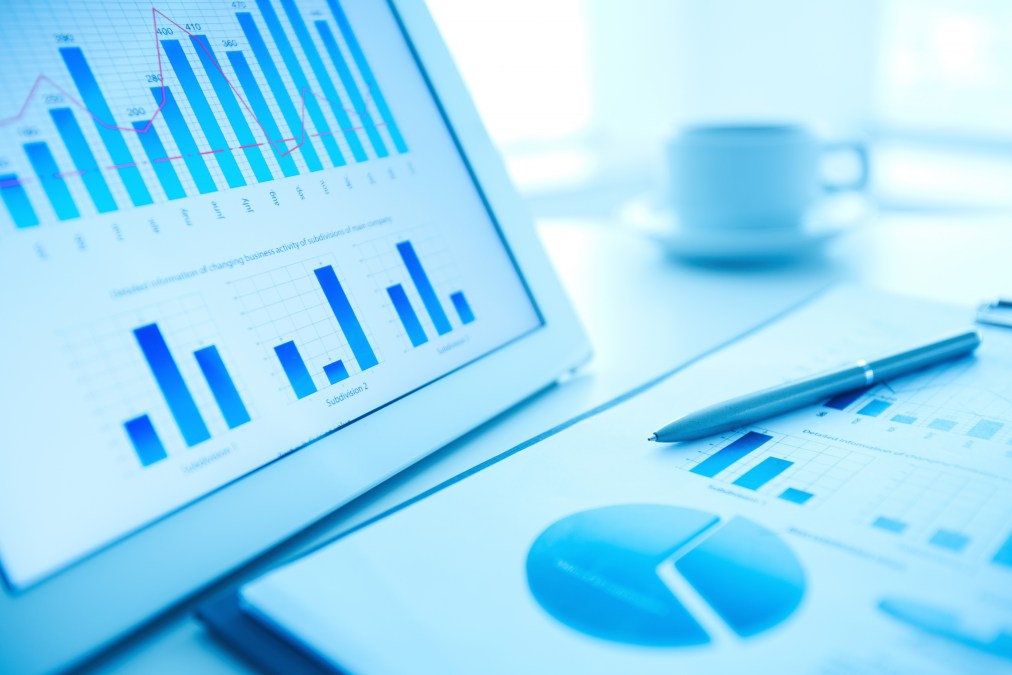To test the efficiency of the investment strategy, firms can count on portfolio monitoring tools. It can allow the firm to check the performance of different investments in real time. The firm needs to change its investment strategy if the performances are not up to the mark.
Portfolio monitoring has come a long way in the past few decades. Gone are the days when analysts used single-faceted and traditional portfolio monitoring tools. Times have changed, and portfolios have become more diverse. A conventional software system might not apply to the current markets and investment strategies. This is why private equity, venture capital, and other firms prefer new-age portfolio monitoring solutions.
Read on to understand some new trends and technologies associated with portfolio monitoring in 2023.
Emerging trends and technologies for portfolio monitoring
Investment firms must be aware of the emerging portfolio monitoring trends to remain competitive. You cannot expect better results after using traditional tools that aren’t meant for modern-day businesses. Here are some emerging trends and technologies for portfolio monitoring in 2023.
AI and ML-led portfolio monitoring systems
Investment firms have understood the importance of data analysis to improve performance. With data analysis, firms generate insights, reports, and KPIs on portfolio companies. Data analytics reports help them make better investment decisions. However, it was possible when the portfolio size and data were limited. At present, investment firms have diverse portfolios and generate large amounts of data. Traditional portfolio management tools do not have the computation power to manage the same.
Developers have introduced AI/ML into portfolio monitoring solutions. With the help of AI/ML algorithms, a portfolio monitoring tool can use the available data. AI/ML can process large data sets and generate insights humans cannot derive. Analysts might have never come across deeper insights generated by an AI-led portfolio monitoring solution. An AI-led system will generate alerts when something doesn’t feel right. For example, analysts will receive insights when the financial performance of any particular portfolio company goes downhill.
Distributed portfolio monitoring systems
The nature of working in the investment industry has changed over the years. One of the major changes in the industry is the rise of remote work. Private equity and venture capital firms have many remote employees working who also require access to the portfolio monitoring tool to generate portfolio performance reports. Traditional portfolio monitoring solutions with hard-wired infrastructure are of n use for remote employees. They need a cloud-based portfolio monitoring system that can be accessed from any location. Investment firms prefer distributed software solutions and applications that can be mounted on virtual machines. Cloud-based software solutions can be accessed securely by remote employees, irrespective of location. However, enterprises must implement tools to monitor how remote employees use the portfolio management system.
Value-based scoring of investments
In the past few years, investment firms have started scoring their investments based on several factors. The factors considered for scoring an investment can be financial, ESG, or administrative. New project scoring models have appeared that consider a wide range of factors. Investment firms rank projects based on their score and update them regularly. Let us assume a venture capital firm is an expert at investing in sustainable businesses. The scoring models used by the firm will check the sustainability of each investment. If the score of an investment goes down, the firm can know about decreased sustainability level.
IoT
Many investment firms have started using IoT (Internet of Things) devices for portfolio management. Although the scope of IoT in portfolio management is still being discovered, many firms have already started using it. IoT can help investment firms who want to track the on-field performance of portfolio companies. For example, a venture capital firm can deploy IoT sensors in a factory it has invested. The sensors will notify the firm about the efficiency of different machines, and investment decisions are taken accordingly.
Conclusion
A portfolio monitoring solution must help the firm achieve more with deeper and more meaningful insights that cannot be derived by analysts manually. All of this can be achieved with a new-age and AI-powered portfolio monitoring system for a deep understanding of investment principles, financial markets, and risk management techniques, as well as a disciplined approach to monitoring and adjusting the portfolio over time.
Read Also: The Future of Debt Capital Markets: Emerging Trends and Opportunities for Investors








